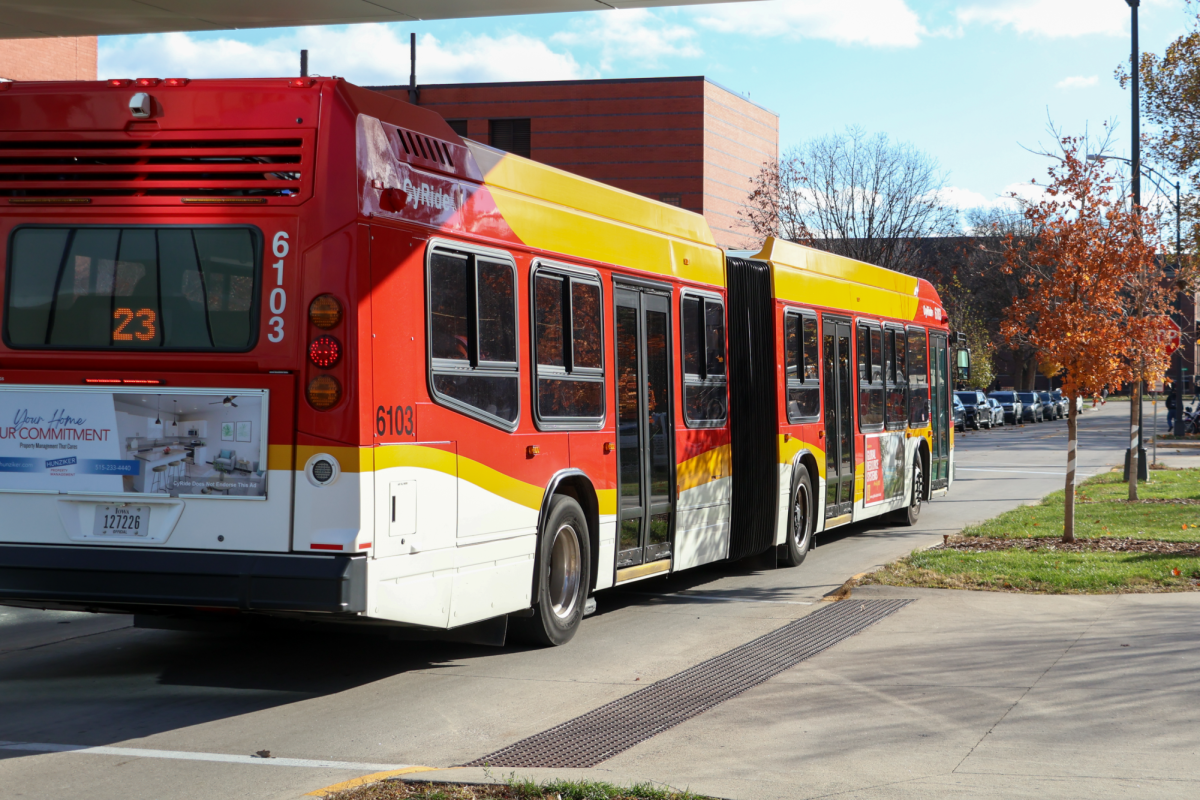City council plans for Ames to be ‘cool’
June 13, 2007
The Ames City Council approved the U.S. Mayors Climate Protection Agreement on Tuesday, setting the city on a path consistent with the national “Cool Cities” initiative.
The U.S. Mayors Climate Protection Agreement, in connection with the “Cool Cities” initiative, which was begun by the Sierra Club, will set into motion an evaluation and adjustment of the amount of greenhouse gas emissions produced in the city.
“It is exciting to be joining quantities of other cities who are taking this step and already have,” Mayor Ann Campbell said at the council meeting.
At the meeting, City Manager Steve Schainker said the process of becoming a “cool city” will require very little of taxpayer dollars and, in fact, will end up saving the city money while helping the environment.
According to a document from www.coolcities.com, the initiative includes four steps to becoming a “cool city.”
The first step was taken by the city of Ames at Tuesday’s meeting, when the council formally committed to reducing the amount of emissions in the city by approving the U.S. Mayors Climate Protection Agreement.
The second step is to conduct a global warming emissions inventory in order to determine the city’s major carbon dioxide producers, which will help city officials track the reductions it plans to put in place.
Third, the city must create a solutions plan that outlines steps to reduce emissions and lower the city’s energy costs, addressing transportation, energy efficiency and renewable energy.
Finally, the fourth step is to implement the outlined solution into the city’s daily life, which will require periodic monitoring of the city’s progress.
Schainker said the city council began discussing joining the initiative approximately six months ago, and that Ames is one of approximately 300 cities in the country that are committing to reducing emissions in this way.
“By signing this, we will become one of the leaders of the country, in terms of municipalities, who will step up to help reduce global warming,” Schainker said.
The process of collecting the baseline data on emissions should take six to nine months to complete, Schainker said, but in the meantime the city is already looking at ways to make the vehicles used by the city government more environmentally friendly.
The city has been converting to smaller vehicles, for example, and looking into hybrid and higher-mileage vehicles.
“We’re beginning the effort now,” Schainker said.
The effort to reduce emissions will be an ongoing one, Schainker said.
As of now, the initiative is focusing on buildings and vehicles used only by the city government, and the city council will decide later whether or not to attempt to include the greater community in the effort to reduce emissions.






